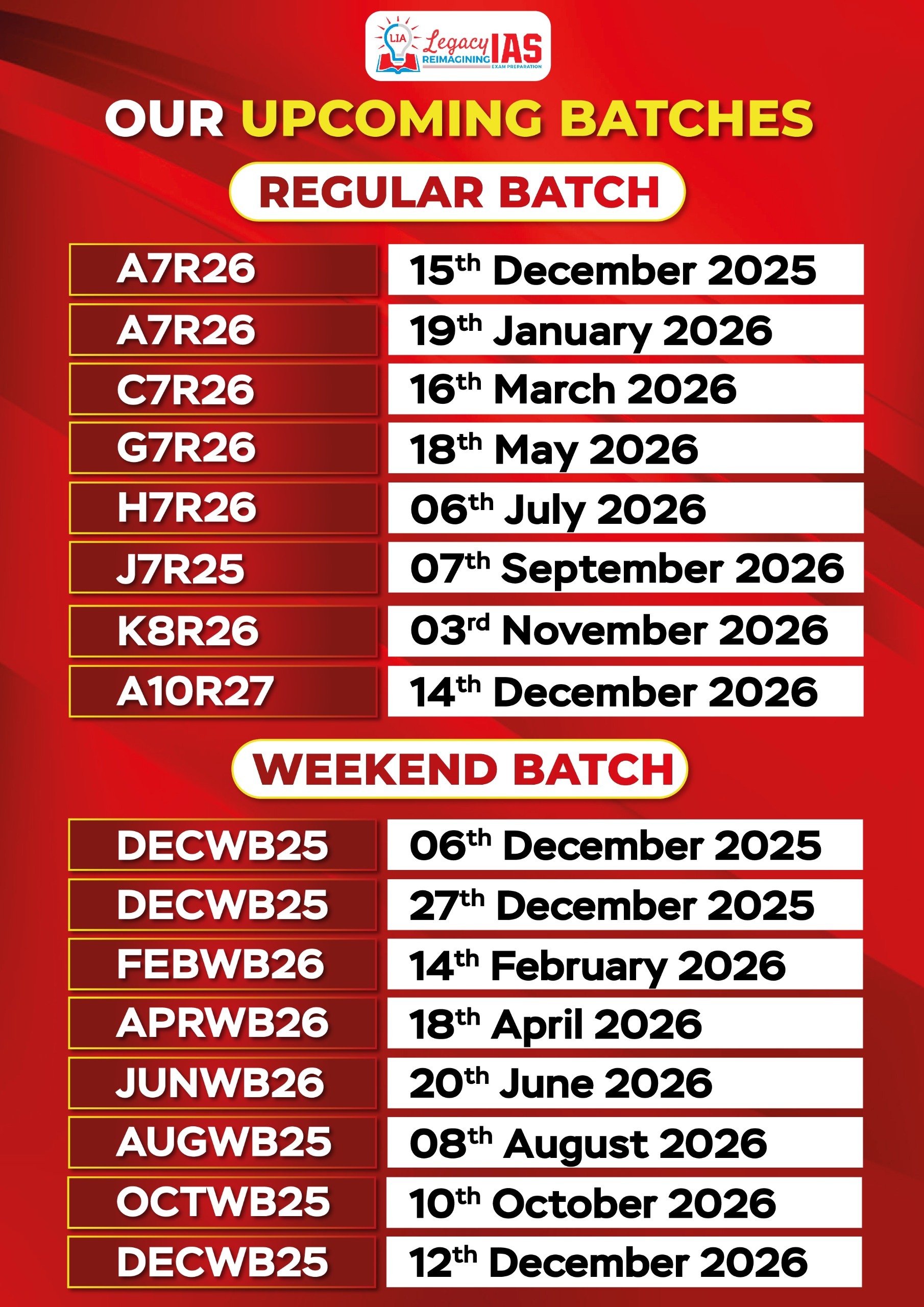Context:
- Promotion of New Technologies in Agriculture
- India’s Coal Boom
Promotion of New Technologies in Agriculture
The Government of India is actively promoting the integration of advanced technologies in agriculture to boost productivity, sustainability, and farmer incomes. Key initiatives include mechanization support, drone deployment, digital agriculture, precision farming, and soil health management.
Relevance : GS 2(Governance ) ,GS 3(Agriculture)
Sub-Mission on Agricultural Mechanization (SMAM)
- Centrally Sponsored under Rashtriya Krishi Vikas Yojana (RKVY); implemented by State Governments.
- Objectives:
- Promote mechanization and reduce drudgery in agriculture.
- Enable timely and efficient farming operations.
- Key Components:
- Financial Assistance for purchase of machines including post-harvest and processing tech on individual basis.
- Support for Custom Hiring Centres (CHCs) and Farm Machinery Banks (FMBs) — rental services for machines.
- Promotion of Kisan Drones:
- Demonstration on farmer fields.
- Purchase support for individuals.
- CHCs for drone services.
NAMO Drone Didi Scheme (2023–2026)
- Central Sector Scheme to empower Women SHGs via drone-based services.
- Goal: Distribute 15,000 drones to SHGs over 3 years.
- Progress so far (as of 2023-24):
- 1,094 drones distributed, 500 under the actual scheme.
- Remaining 14,500 drones targeted by 2025-26.
- Impact:
- Promotes rural entrepreneurship and digital literacy.
- Facilitates climate-smart agriculture and precision input application.
Digital Agriculture Mission (Launched Sept 2024)
- Outlay: ₹2,817 Crore.
- Aim: Build a digital public infrastructure for precision and data-driven agriculture.
- Key Components:
- AgriStack: Central database for farmer-centric services.
- Krishi Decision Support System: Real-time analytics for farm advisories.
- Soil Fertility Mapping, and integration of state/central IT initiatives.
- Kisan e-Mitra: AI-powered chatbot for farmer queries (e.g., PM-KISAN).
ICAR Research & Technological Innovations
- Focus on AI, drones, robotics, automation and precision agriculture.
- Key Innovations:
- Drone Spraying Systems: For effective pesticide/fertilizer delivery.
- AI Mobile Devices: Identify abiotic stress for crop management.
- Smart Implements:
- Smart sprayers, robotic transplanters/harvesters.
- Image-based disease detection (soybean).
- Variable-rate nitrogen applicator.
- Automated poultry feed dispenser.
- Thermal imaging for water stress detection.
- Autonomous weeders and multipurpose track vehicles.
Soil Health & Fertility Scheme (Since 2014-15)
- Aimed at promoting judicious use of fertilizers through scientific soil analysis.
- Soil Health Cards (SHCs) issued to farmers with crop-specific recommendations.
- Parameters Tested: pH, EC, Organic Carbon, N, P, K, S, Zn, Cu, Fe, Mn, B.
- Progress (till March 2025):
- 24.90 Crore SHCs issued.
- Infrastructure Developed:
- 1068 Static, 163 Mobile, 6376 Mini, 665 Village-level soil labs.
- Capacity Building:
- 7 Lakh demonstrations.
- 93,781 training programs.
- 7,425 farmer’s melas.
- 70,002 Krishi Sakhis trained for SHC dissemination.
Relevance and Implications
- Technology Integration: Directly aids precision farming, resource efficiency, and climate resilience.
- Women Empowerment: Drone Didi scheme links gender and agri-tech innovation.
- Sustainability: SHC and AI applications promote ecological agriculture.
- Livelihood Support: Rental models, SHGs, and digital services create rural employment.
India’s Coal Boom
Context : Historic Production Milestone
- India crossed 1 billion tonnes (BT) of coal production in FY 2024-25 on 20 March 2025, 11 days earlier than the previous fiscal year.
- Growth of 4.99% in production: from 997.83 MT (FY 2023-24) to 1047.57 MT (Provisional, FY 2024-25).
- The milestone reflects robust contributions from Coal PSUs, private players, and around 5 lakh coal mine workers across 350+ mines.
Relevance : GS 3(Mines , Minerals)

Coal Dispatch and Commercial Mining Growth
- Total dispatch reached 1024.99 MT, a 5.34% increase from FY 2023-24 (973.01 MT).
- Commercial & Captive mining saw a remarkable 28.11% growth in production (197.5 MT), and 31.39% growth in dispatch (196.83 MT).
- These figures indicate greater private sector participation and supply-side reforms in the coal sector.

Reduced Coal Imports and Forex Savings
- Coal imports declined by 8.4%, saving around $5.43 billion (₹42,315.7 crore) in foreign exchange.
- Notable reduction in:
- Non-regulated sector imports: down by 12.01%.
- Blending coal for thermal plants: down 29.8%, despite a rise in power generation.
- Government initiatives like Commercial Coal Mining and Mission Coking Coal bolstered domestic output.
Energy Security and Strategic Importance
- Coal powers over 74% of India’s electricity.
- Despite push for renewables, coal’s share in energy mix expected to be:
- 55% by 2030.
- 27% by 2047, reflecting a long-term but gradual transition.
- Coal continues to support critical industries like steel and cement, making it a backbone of industrial energy needs.
Economic Contributions of the Coal Sector
- Railways: Coal forms 49% of freight, contributing ₹82,275 Crore in FY 2022-23 (~33% of total railway earnings).
- Government Revenue:
- Over ₹70,000 Crore annually through royalties, GST, and other levies.
- Royalty collections alone: ₹23,184.86 Crore in FY 2022-23.
- Employment:
- Direct jobs to 239,000 workers in CIL.
- Additional employment via contractors and coal transporters.
- Capex Growth: Annual capital investments averaging ₹18,255 Crore in last 5 years for mechanisation and infrastructure expansion.
Coal Gasification Push for Sustainability
- Approved ₹8,500 crore incentive for coal/lignite gasification (January 2024).
- Coal India Ltd (CIL) partnering with BHEL and GAIL for syngas projects.
- Auction benefits:
- 50% revenue share rebate for using coal in gasification (if >10% of coal used this way).
- Syngas to be used for:
- Methanol, ammonium nitrate, Synthetic Natural Gas (SNG), and fertilisers.
- Aligns with Viksit Bharat@2047 vision of self-reliance and cleaner energy.
Safety and Modernisation Initiatives
- National Coal Mine Safety Report Portal launched (Dec 2024) for audit transparency.
- Safety Health Management System mandates annual audits.
- Updated regulations: Coal Mines Regulations 2017 replace 1957 rules, incorporating mechanisation, evacuation, and emergency protocols.
- Advanced Mining Techniques:
- Continuous Miner, PSLW, Surface Miner, Hybrid High Wall mining.
- ETMS and Gas Chromatographs for air quality monitoring.
- Universal Drilling Machine, QUAD bolters for roof safety.
- Dust suppression using Fog Canons and mist sprays.
Digitalisation & Monitoring
- Use of:
- 3D Terrestrial Laser Scanning, Total Stations, and Slope Stability Radars.
- GPS-based Truck Dispatch Systems (OITDS) and Geo-fencing in large OC mines.
- These ensure improved tracking, slope safety, and operational efficiency.
Environmental & Worker Welfare Measures
- EIA studies and real-time environmental monitoring prior to approvals.
- Worker Benefits:
- Mines Rules, 1955 mandate health checks, first aid, shelters, welfare officers.
- Additional welfare: housing, clean water, scholarships, medical aid, compassionate employment.
- Skill Development:
- Simulator-based and VR training for HEMM operators.
- Specialised training in fire safety, blasting, and drilling for enhanced safety awareness.
Conclusion: Strategic Backbone for Viksit Bharat
- India’s coal sector has demonstrated resilience, innovation, and self-reliance.
- The 1 BT milestone reflects policy success, efficient workforce, and infrastructure improvement.
- With coal gasification, modernised mining, and safety + sustainability focus, the sector is poised to play a pivotal role in India’s transition to a developed economy by 2047.



